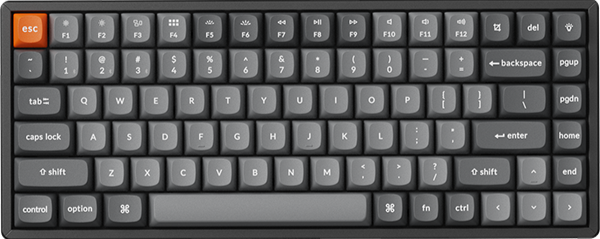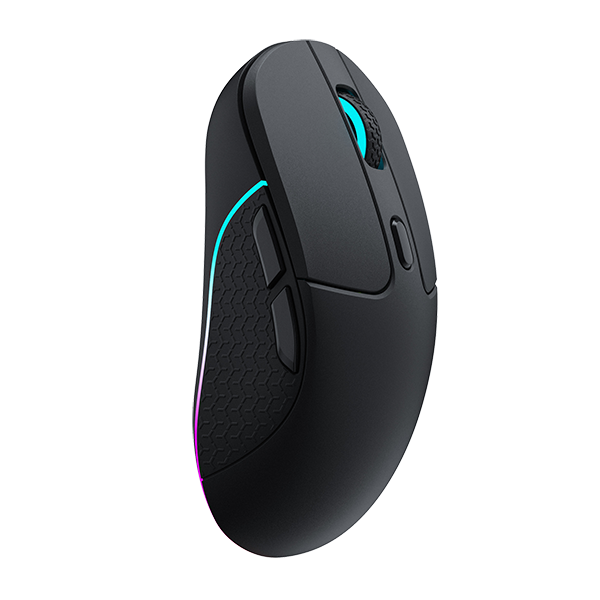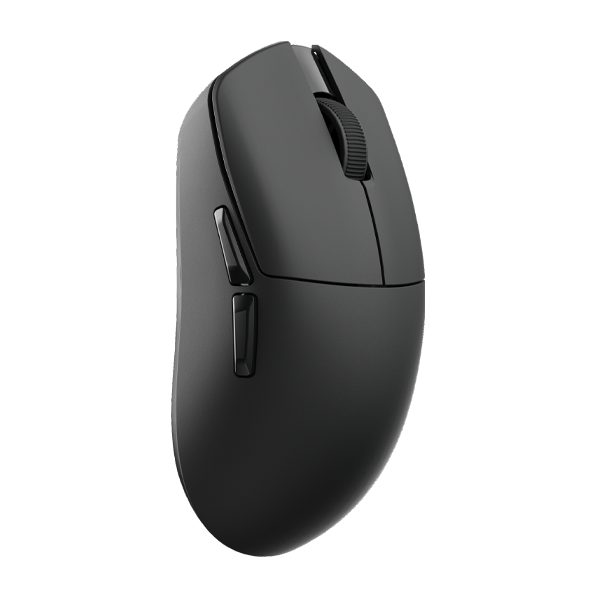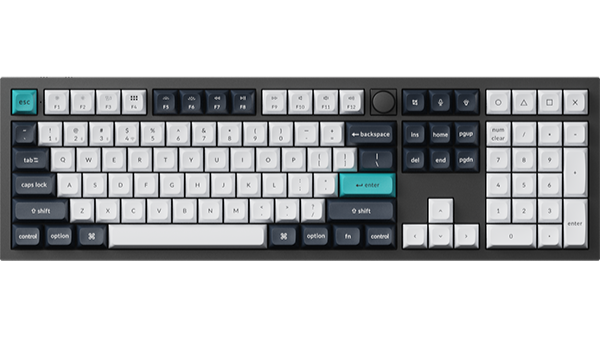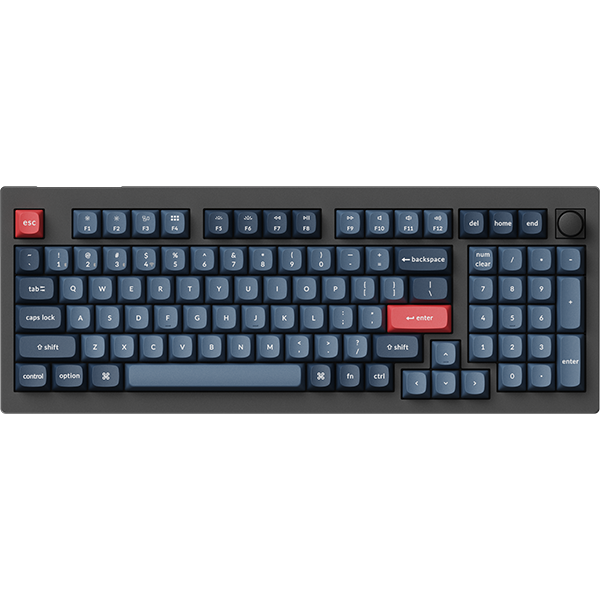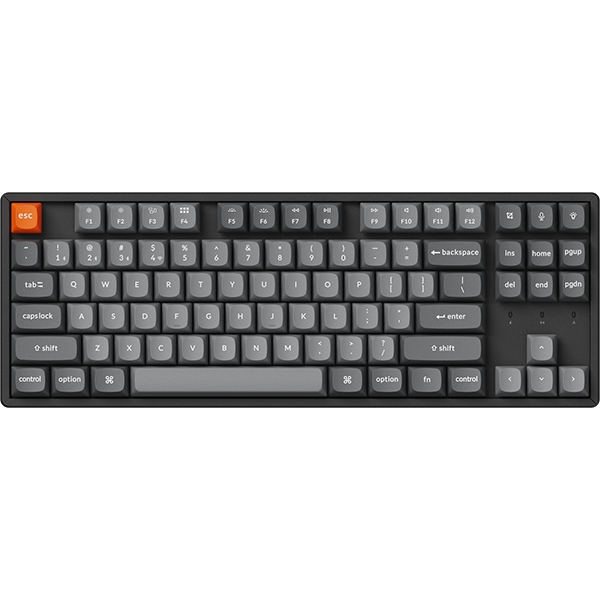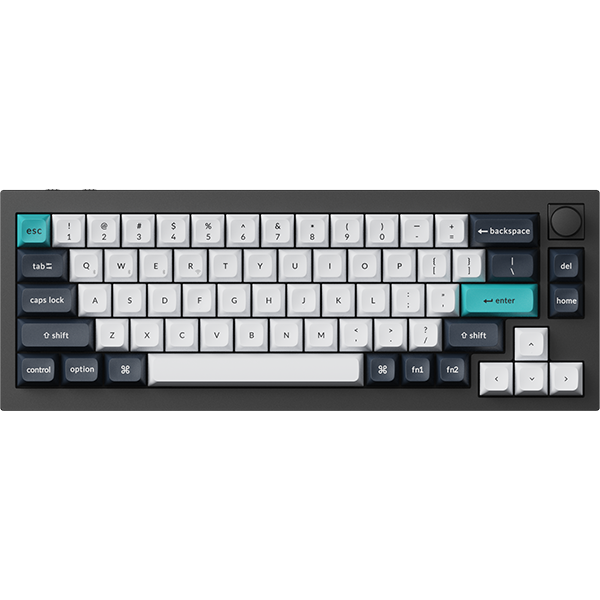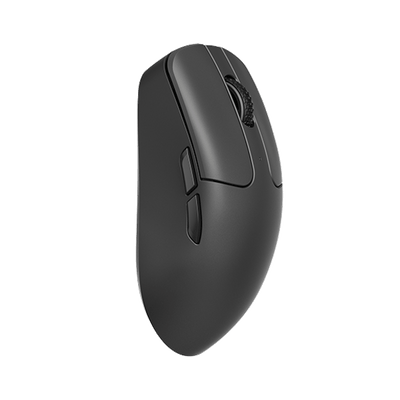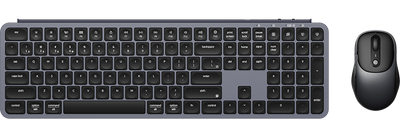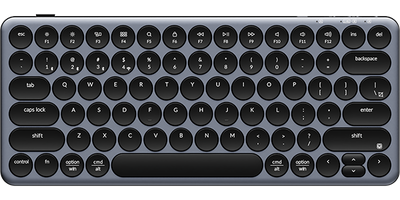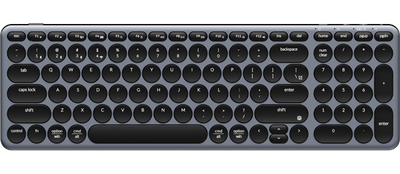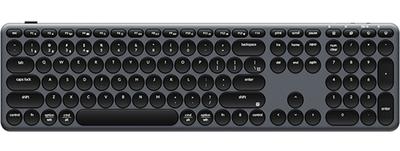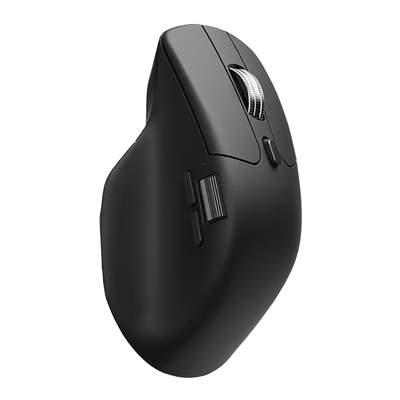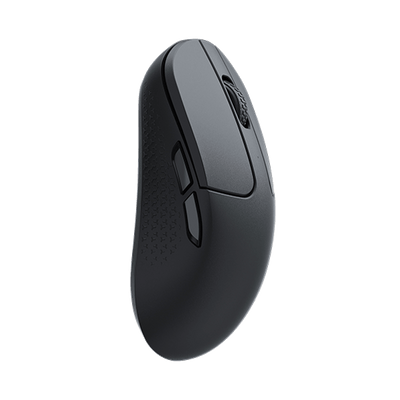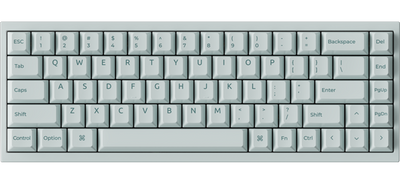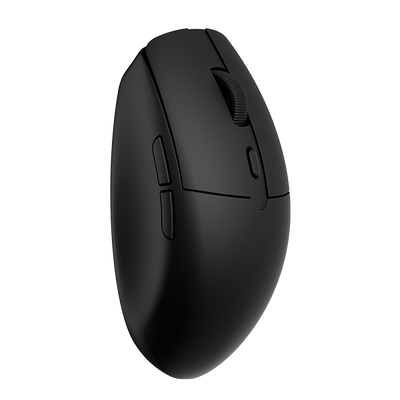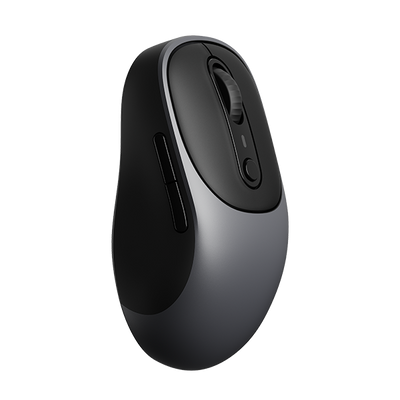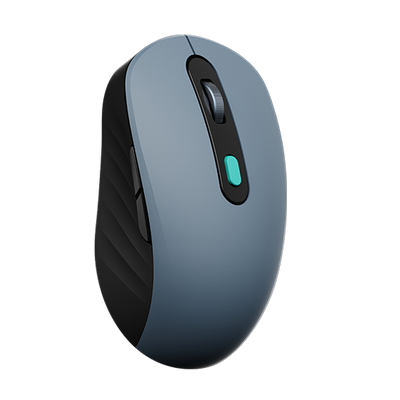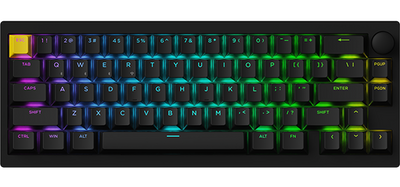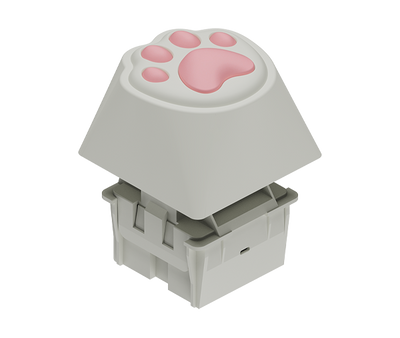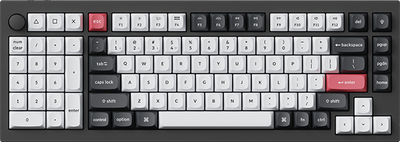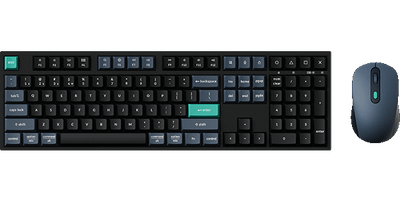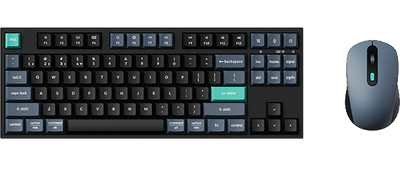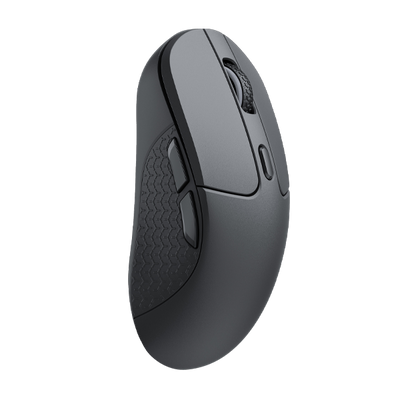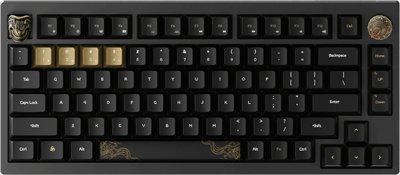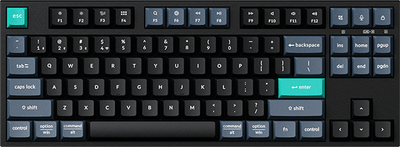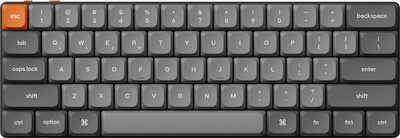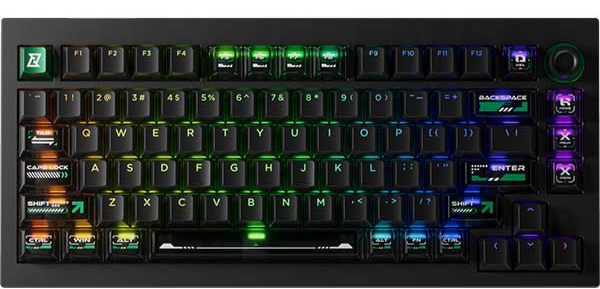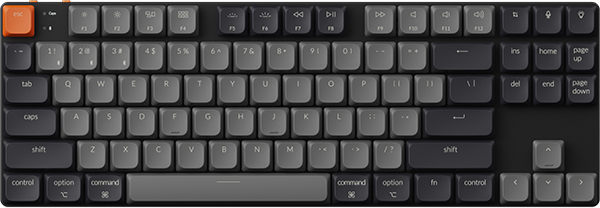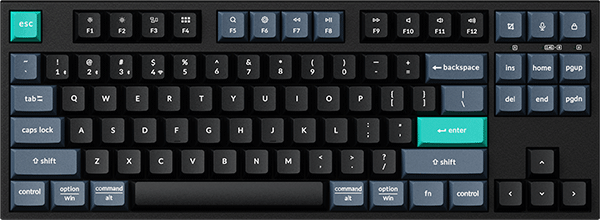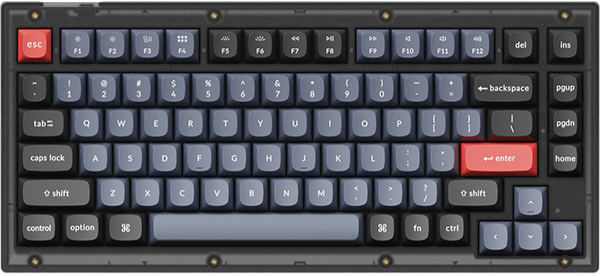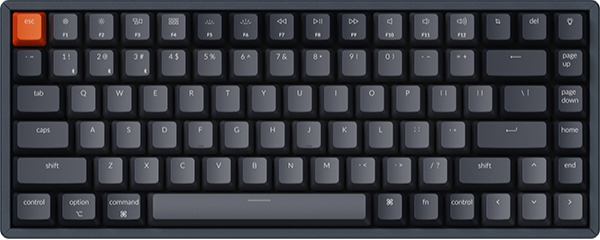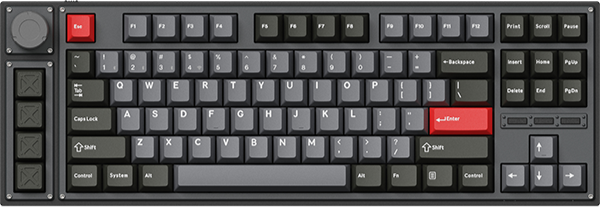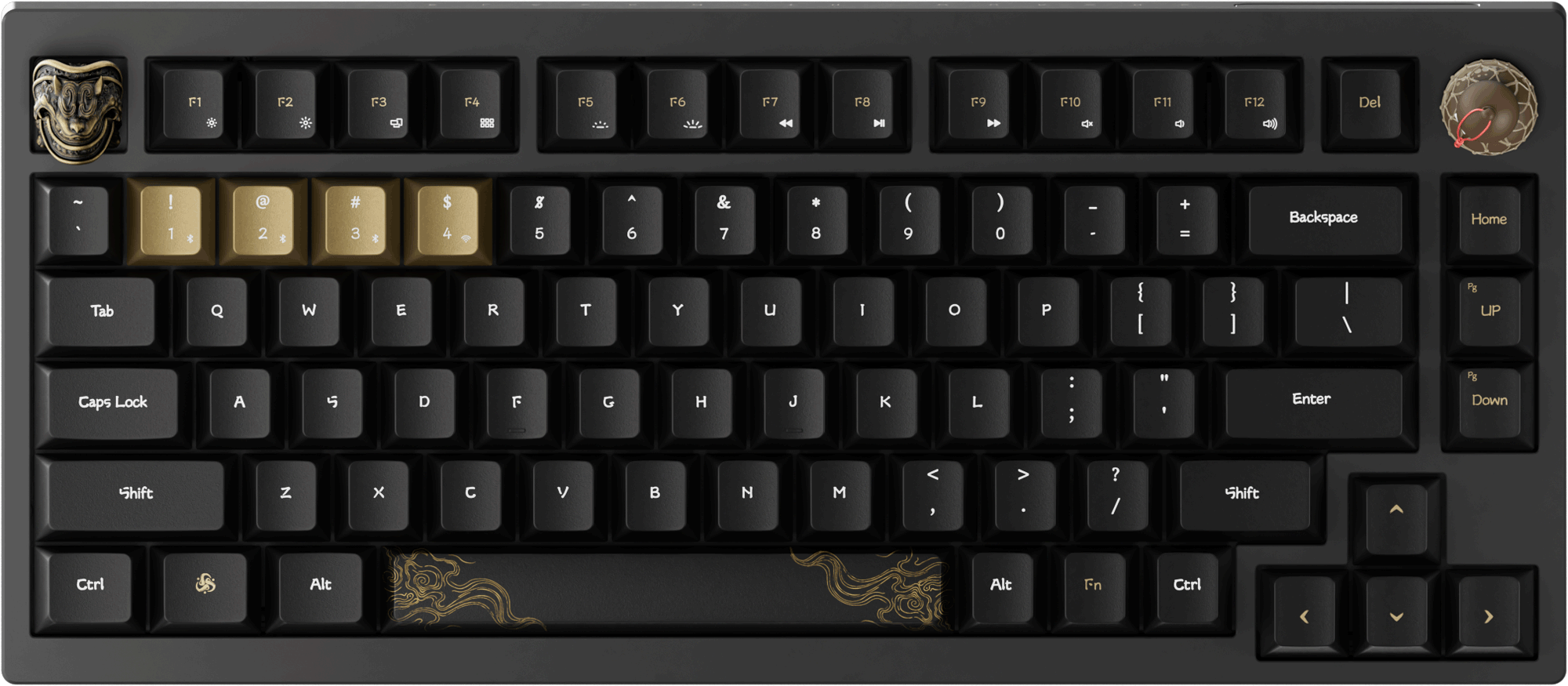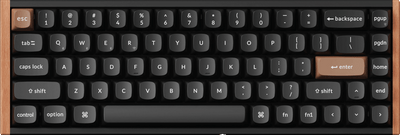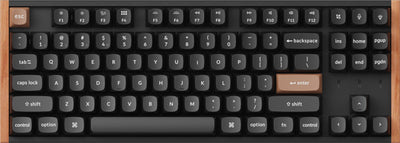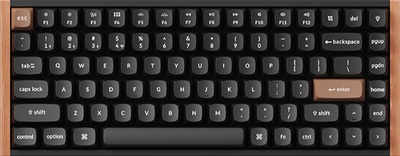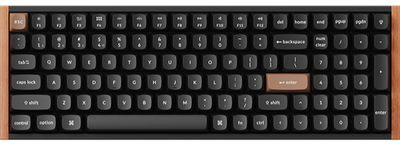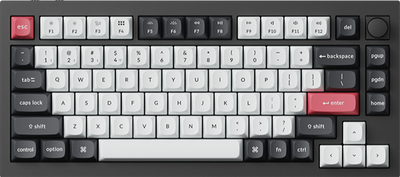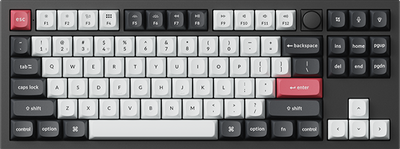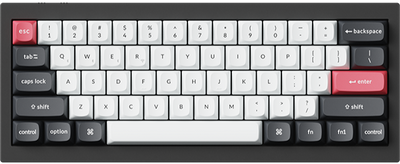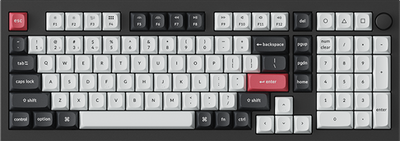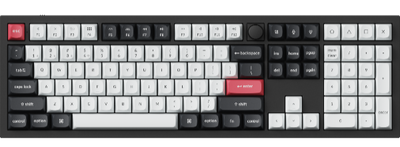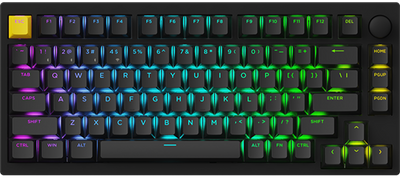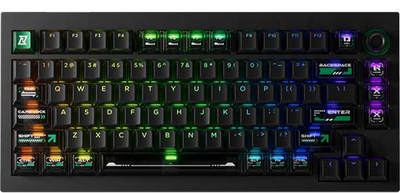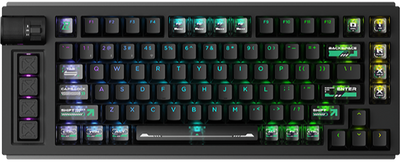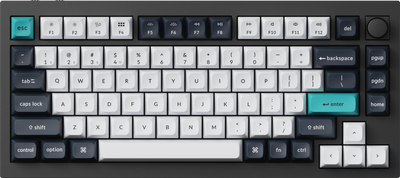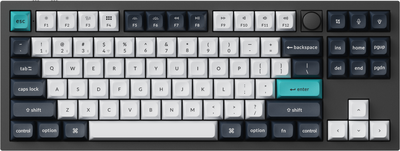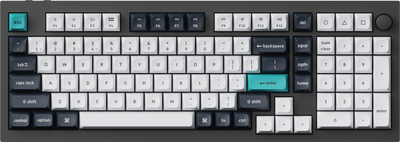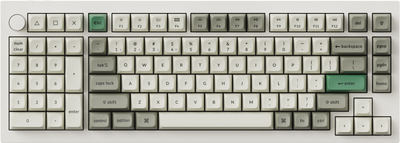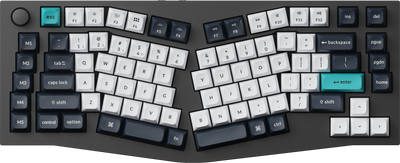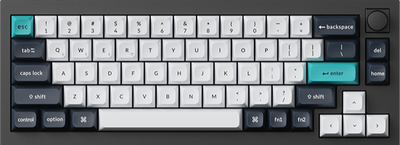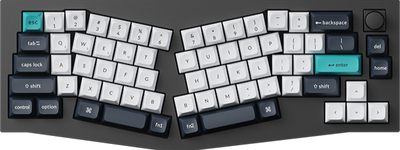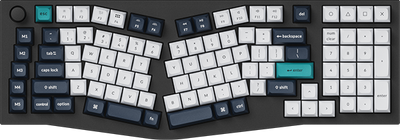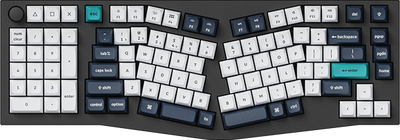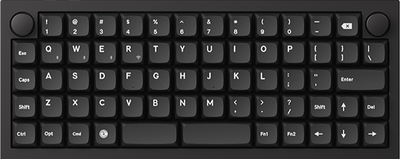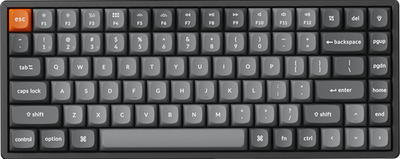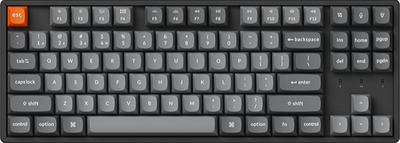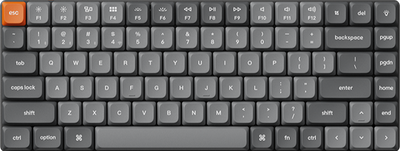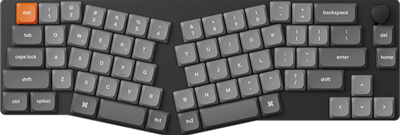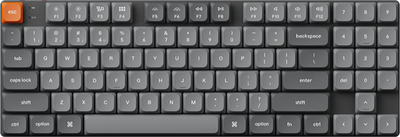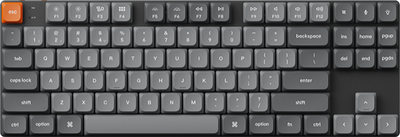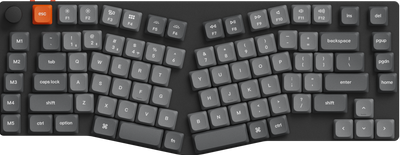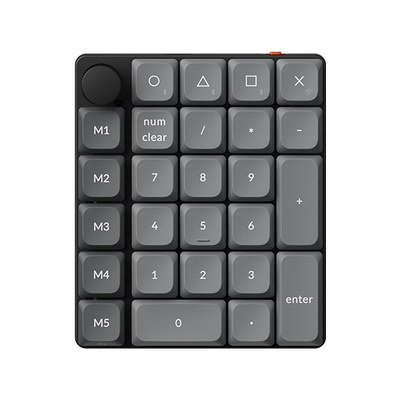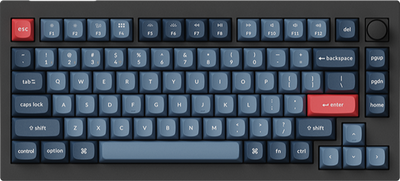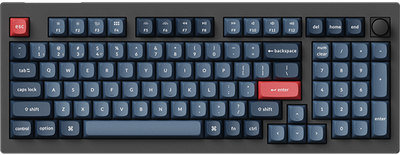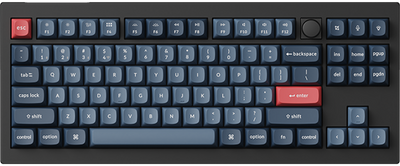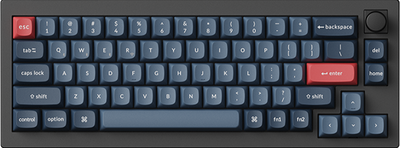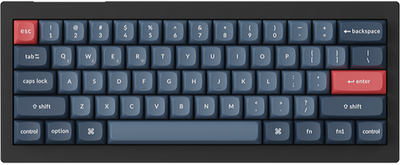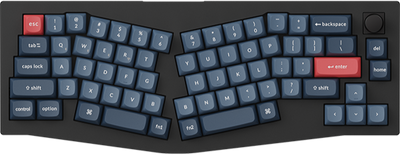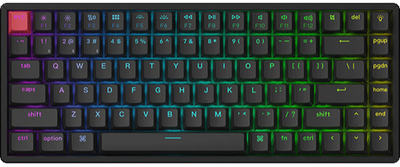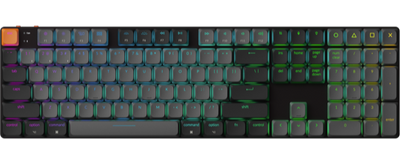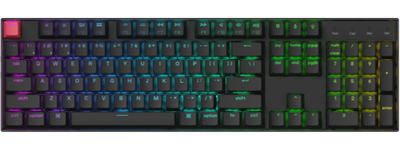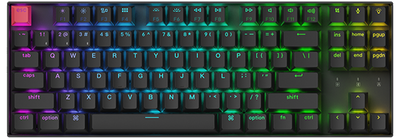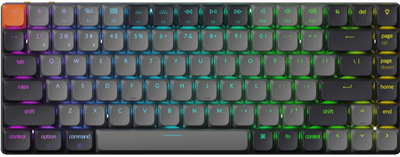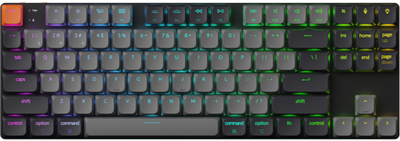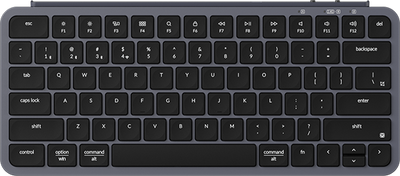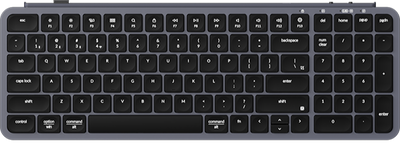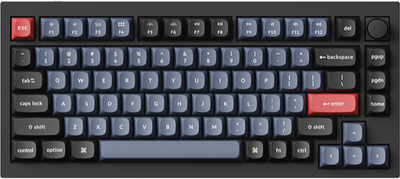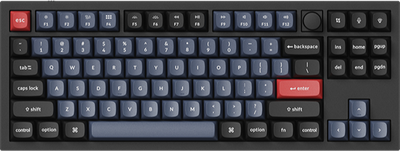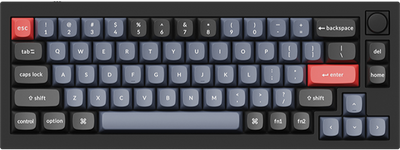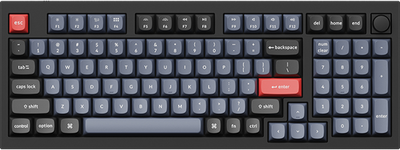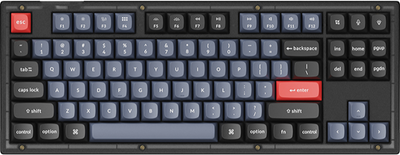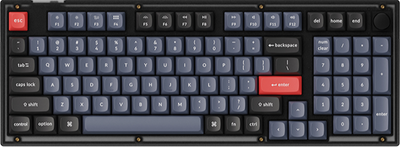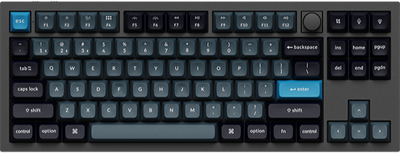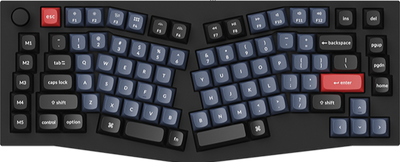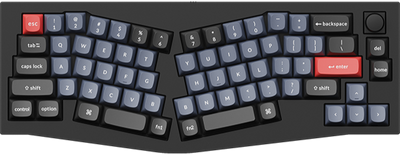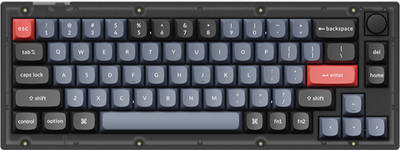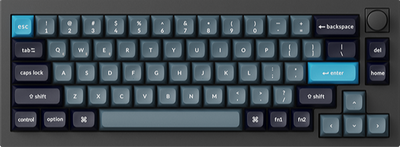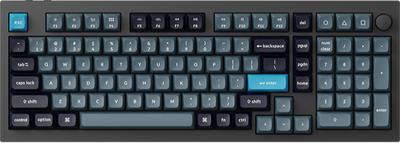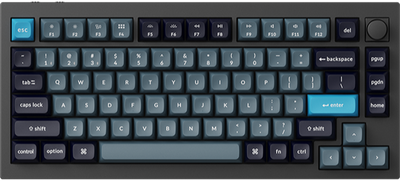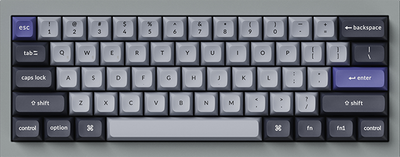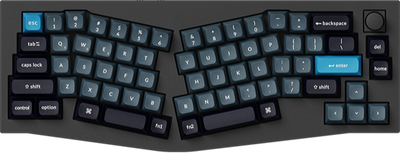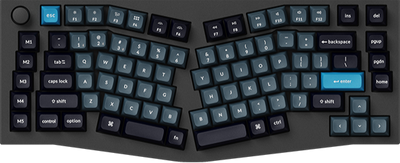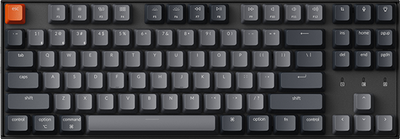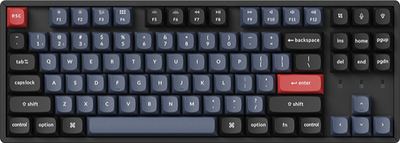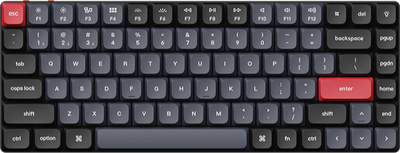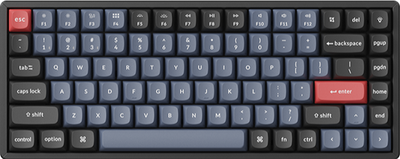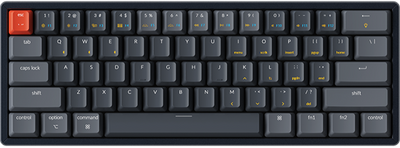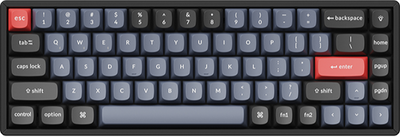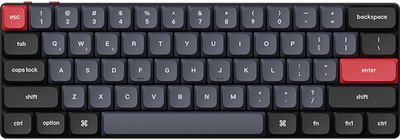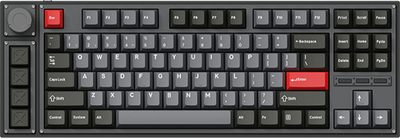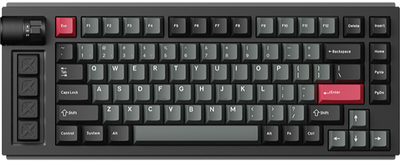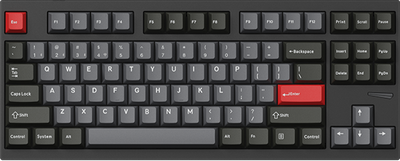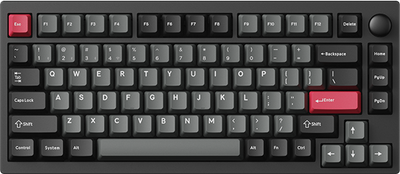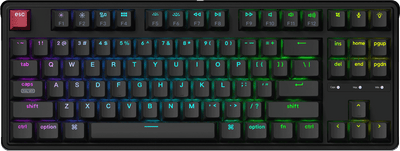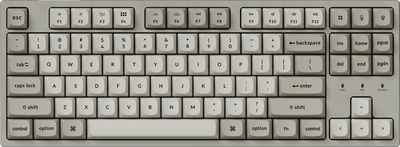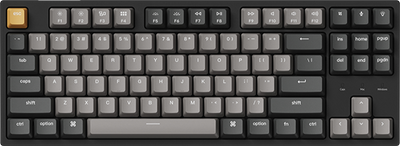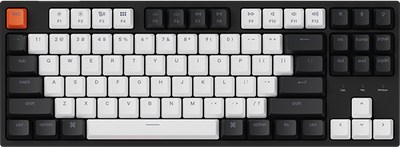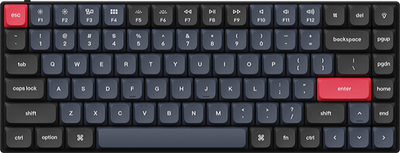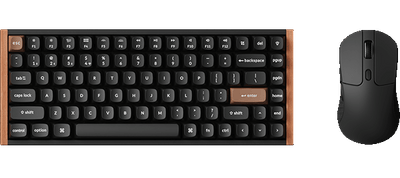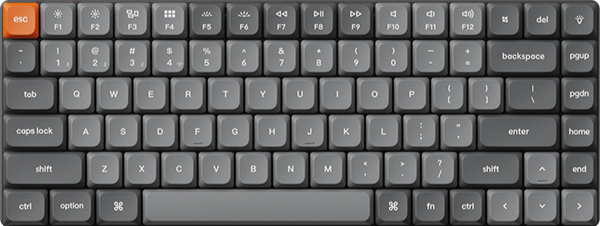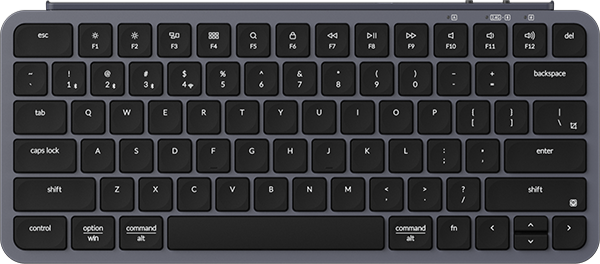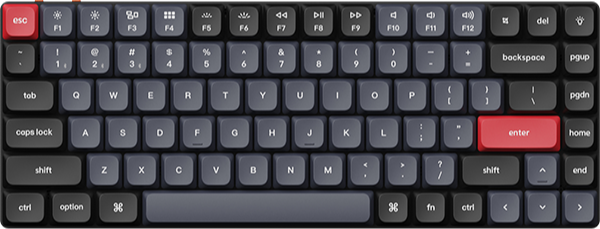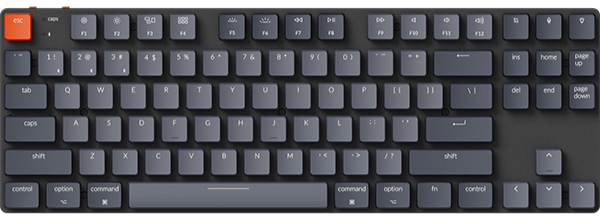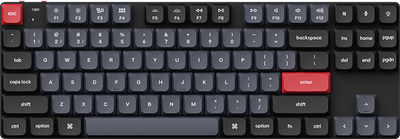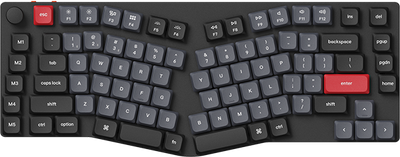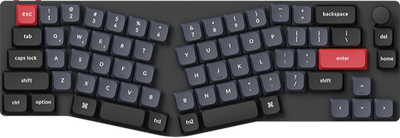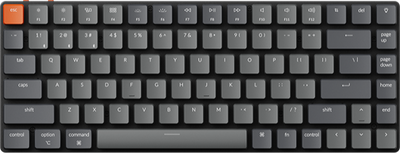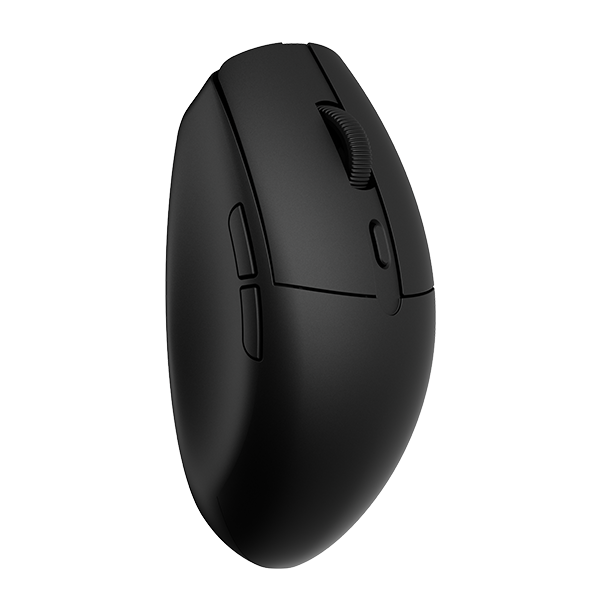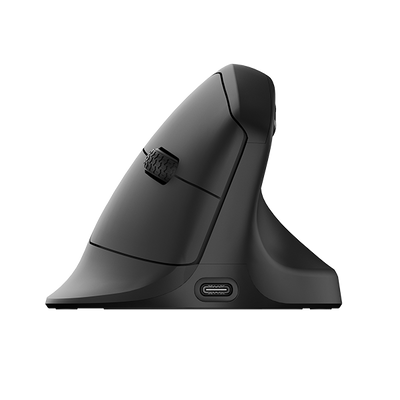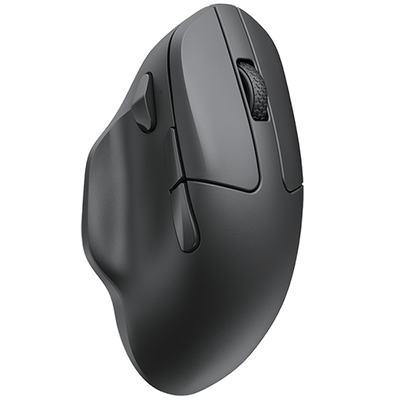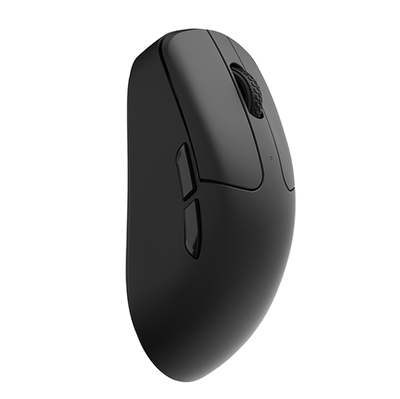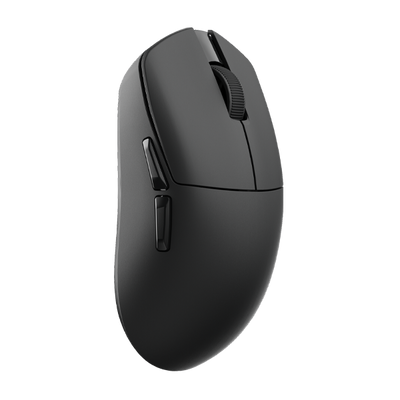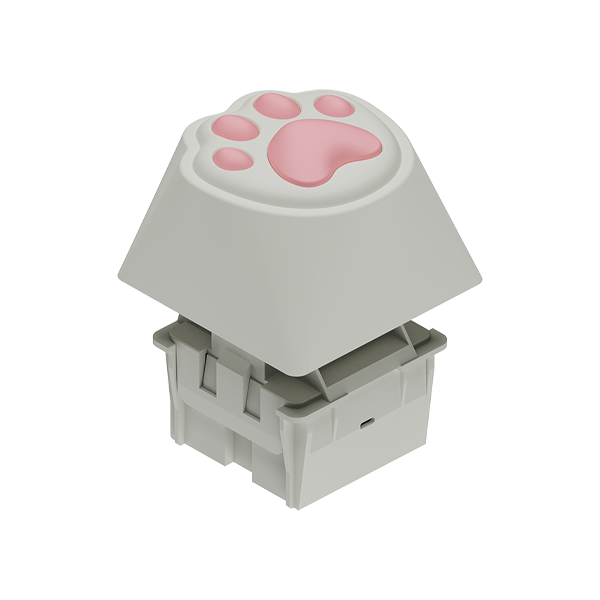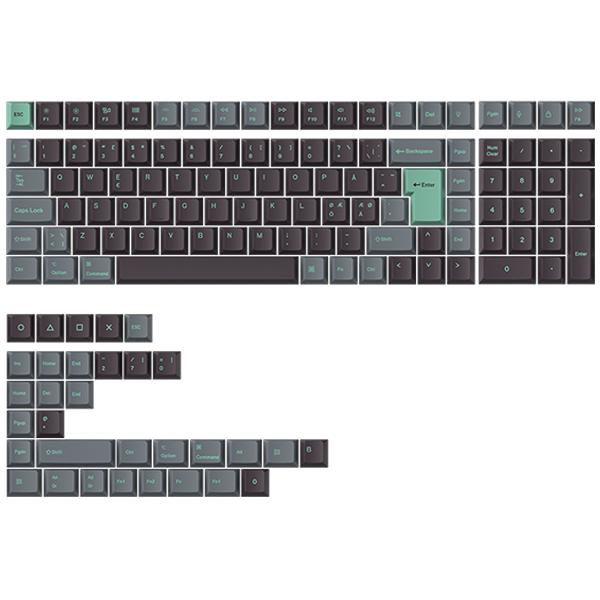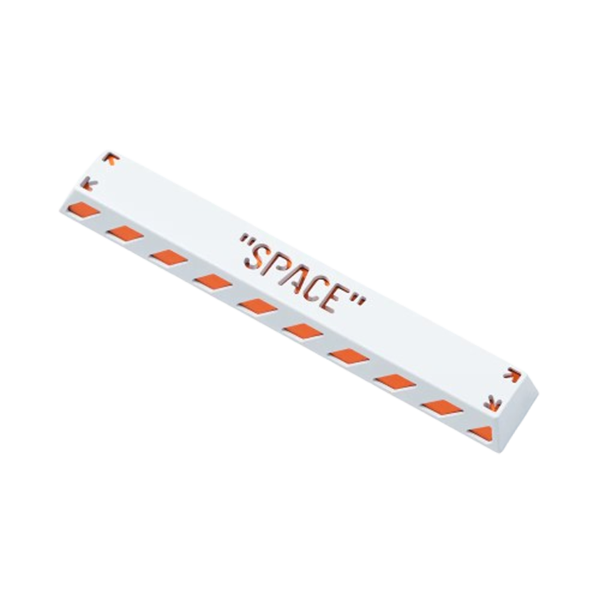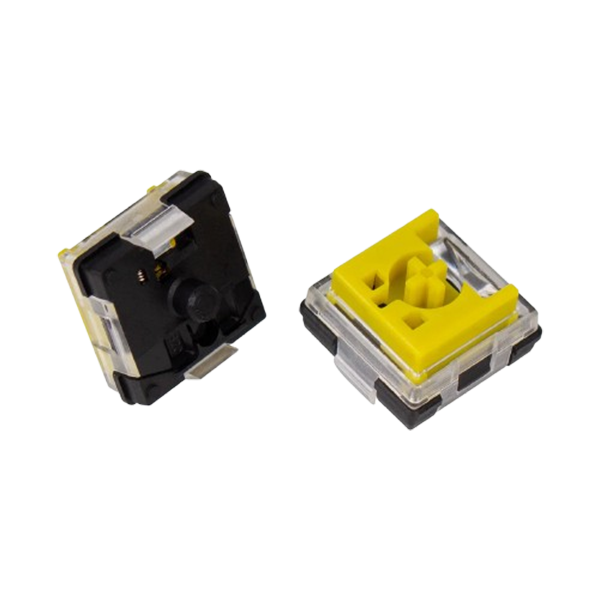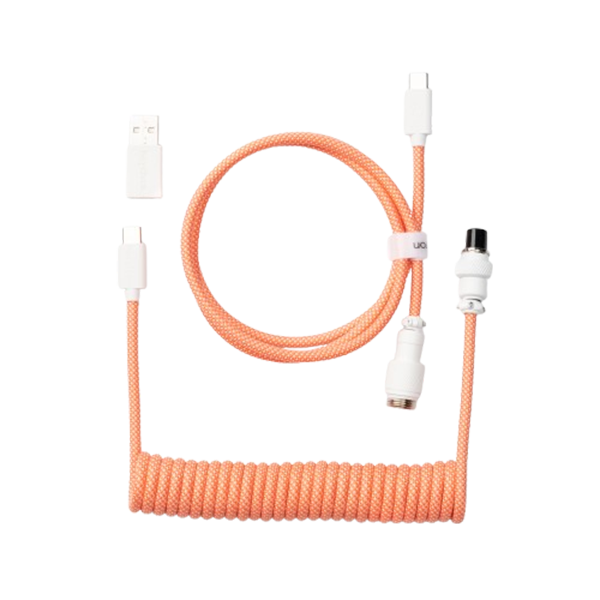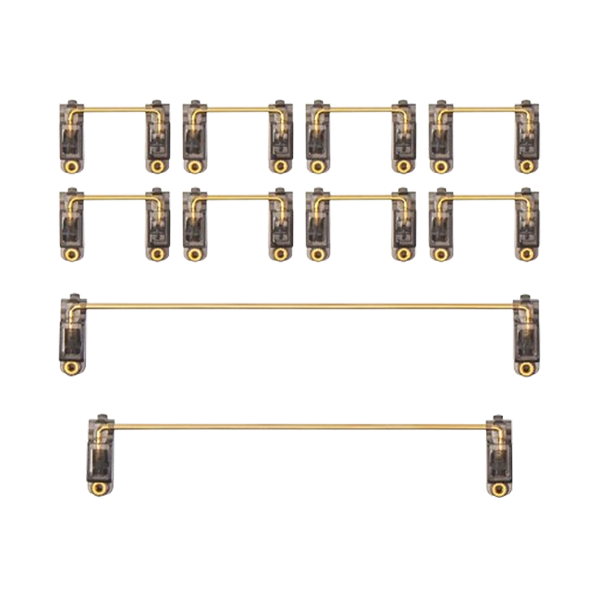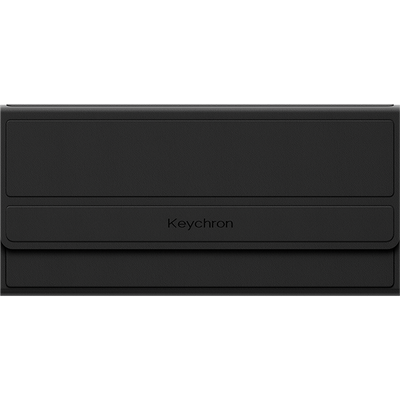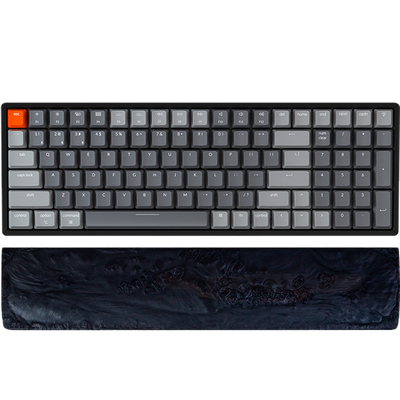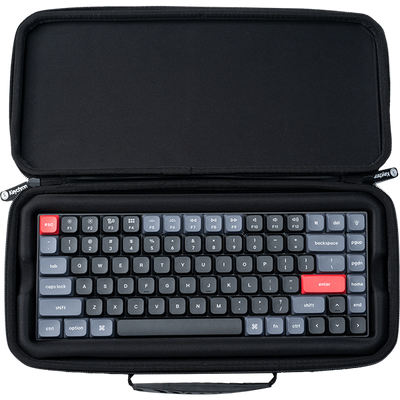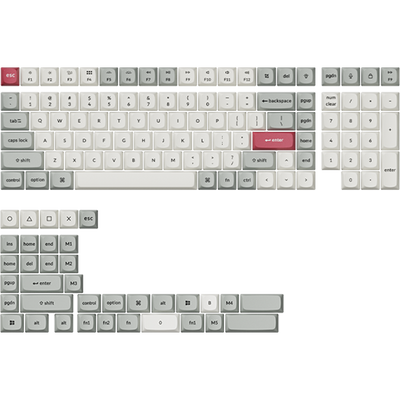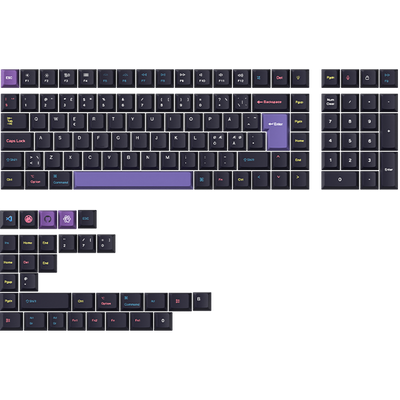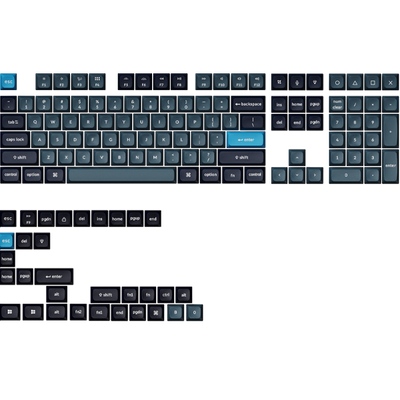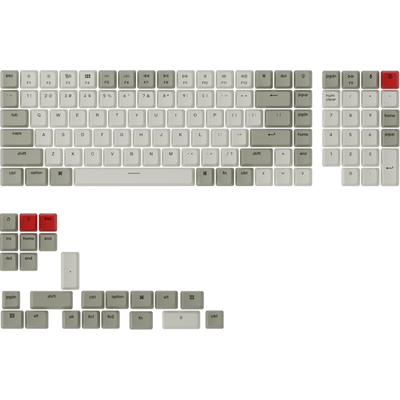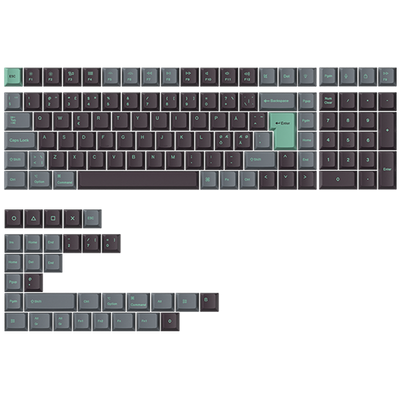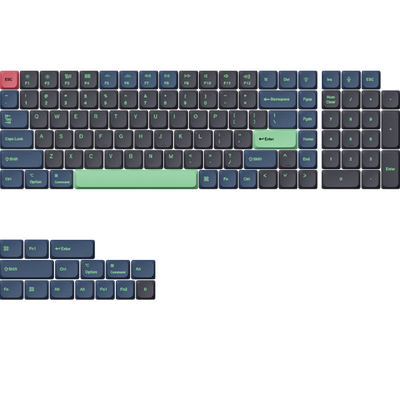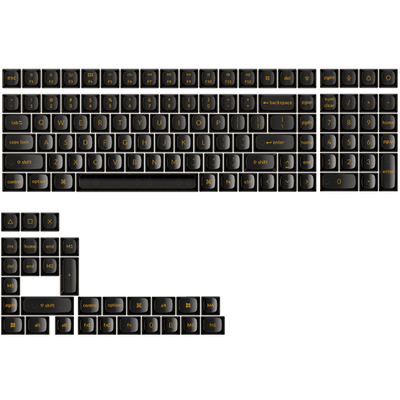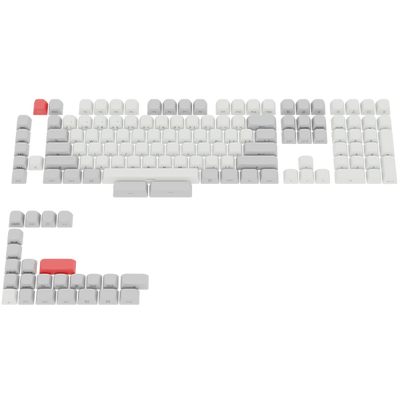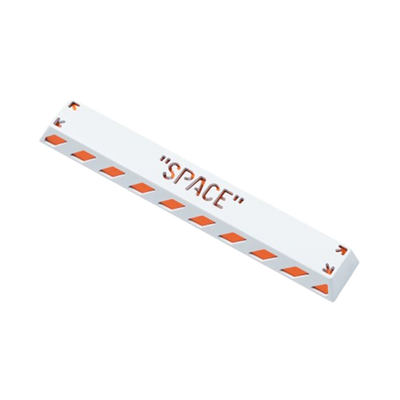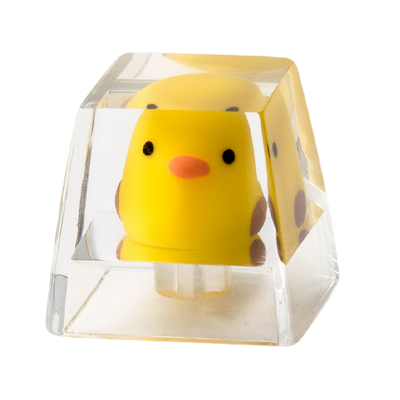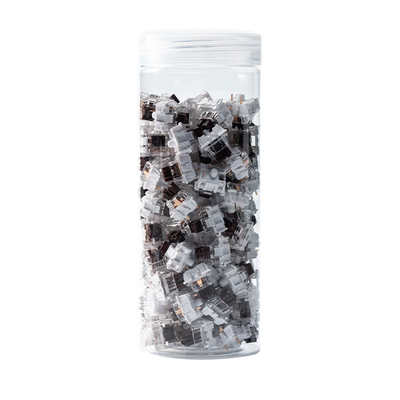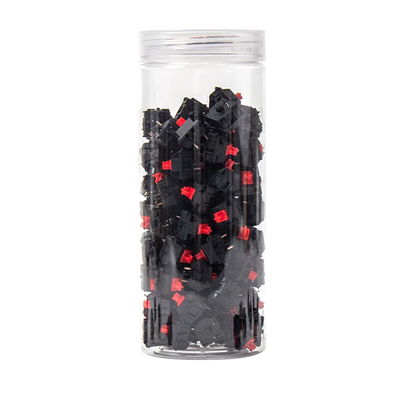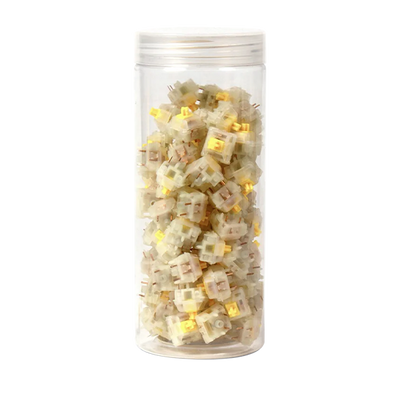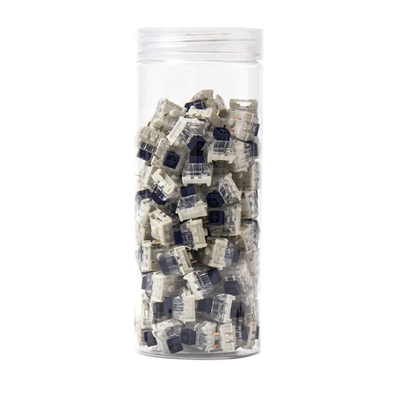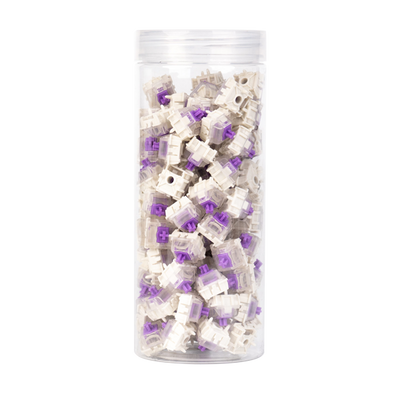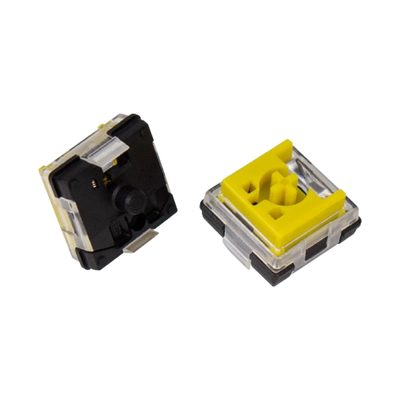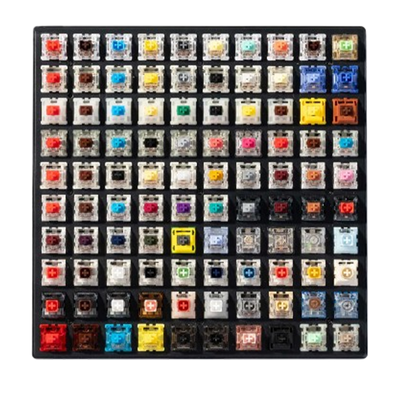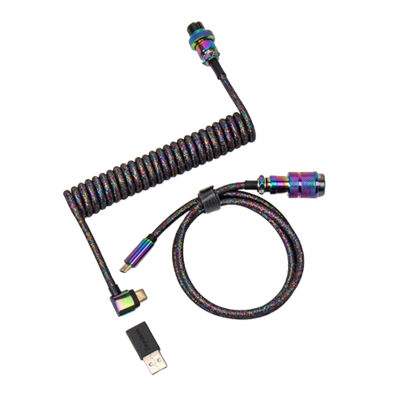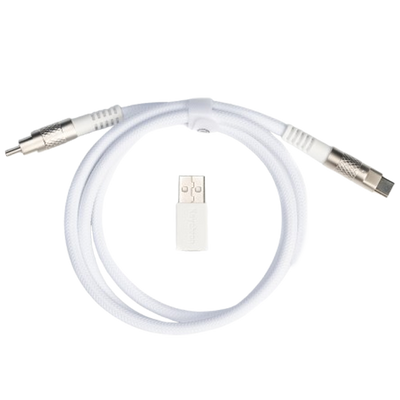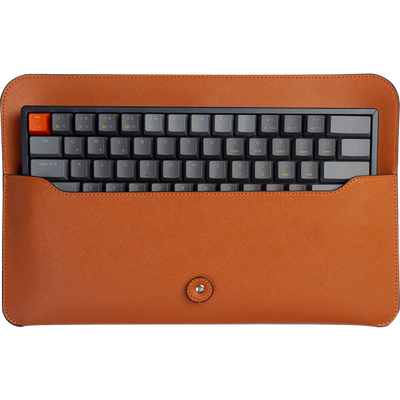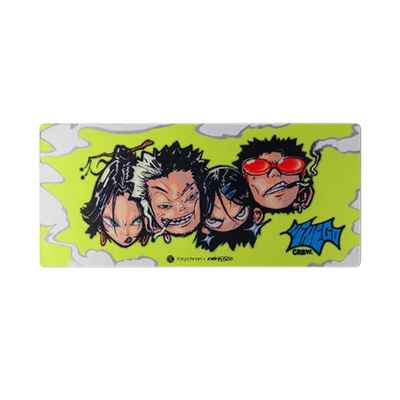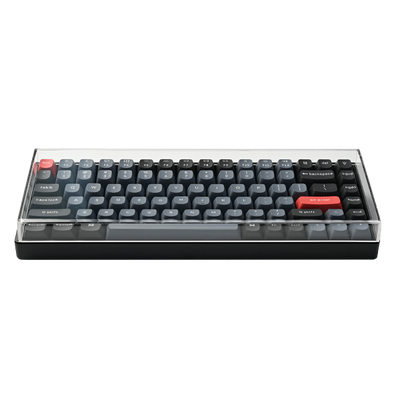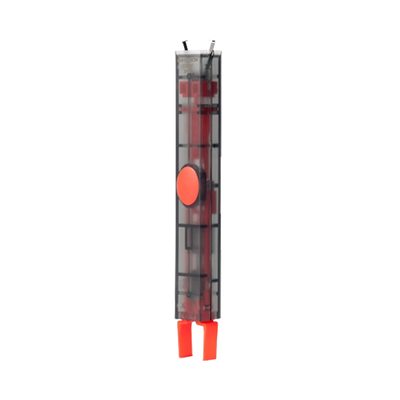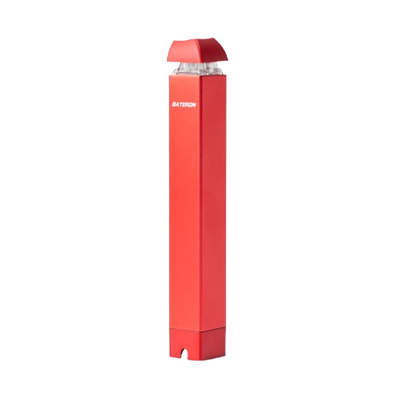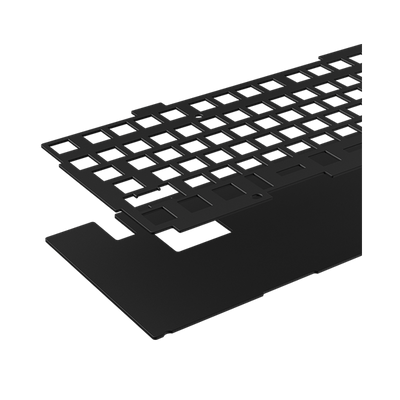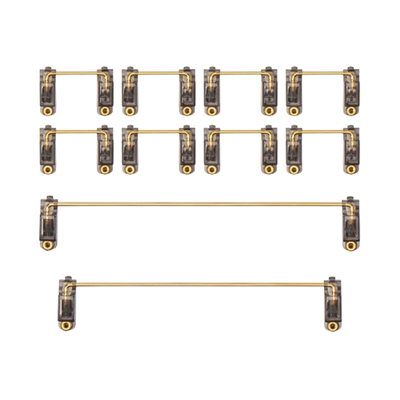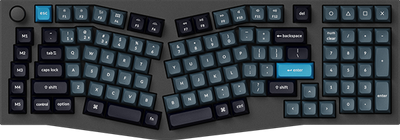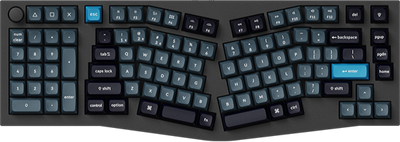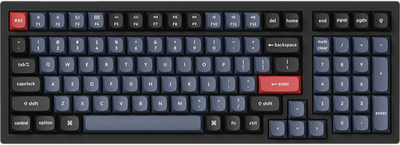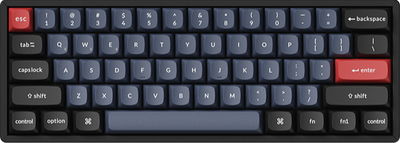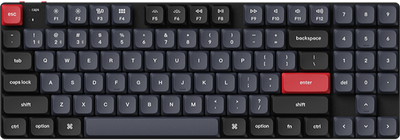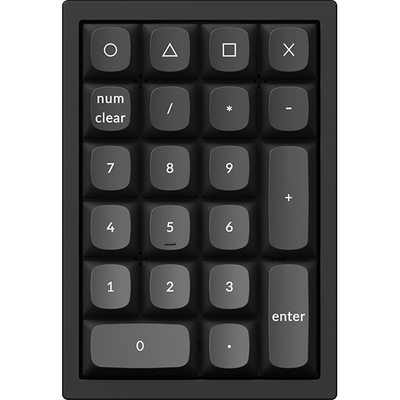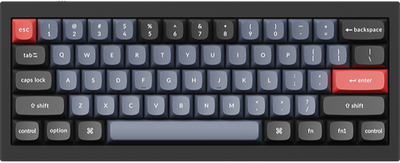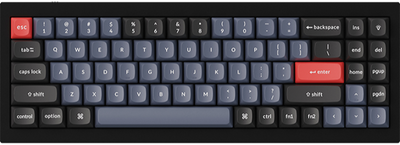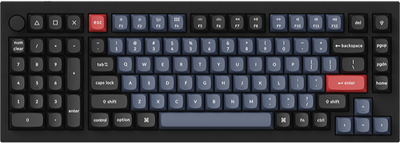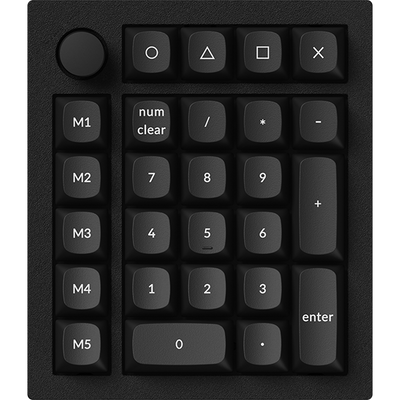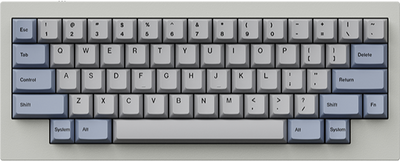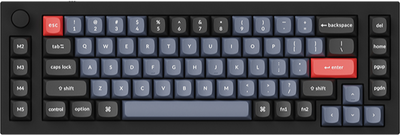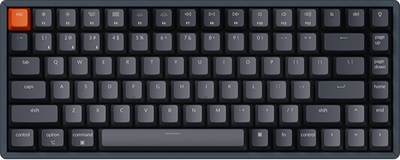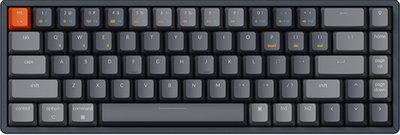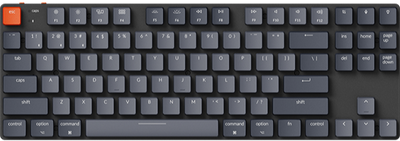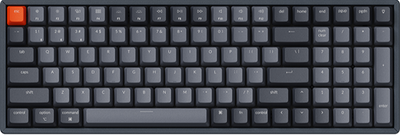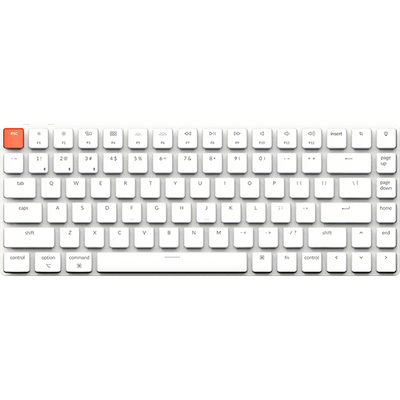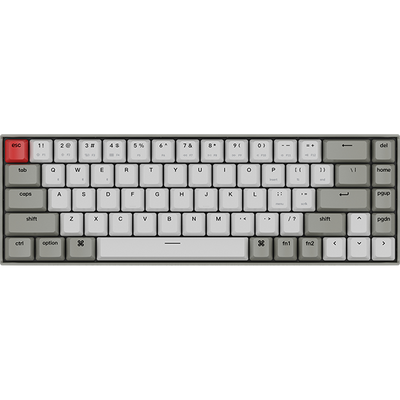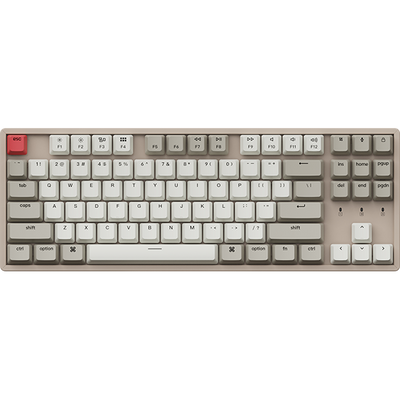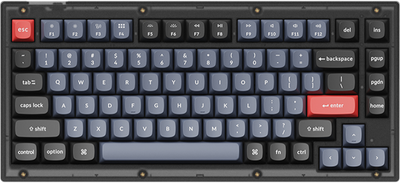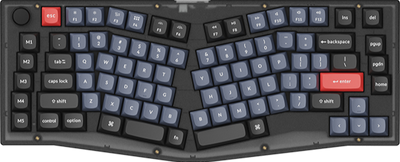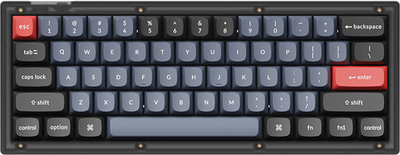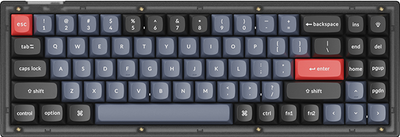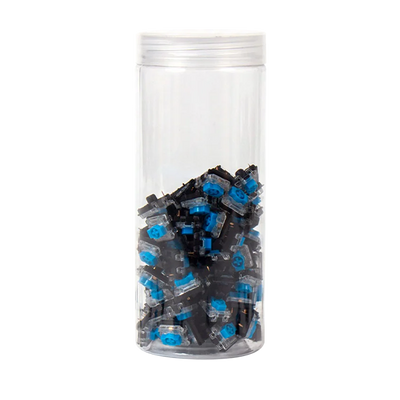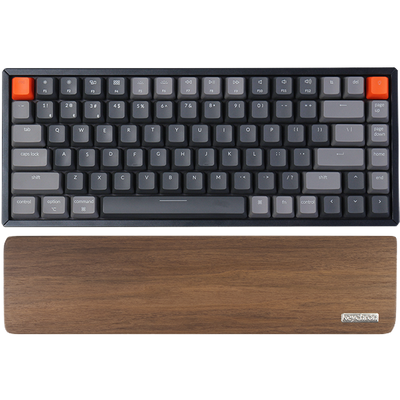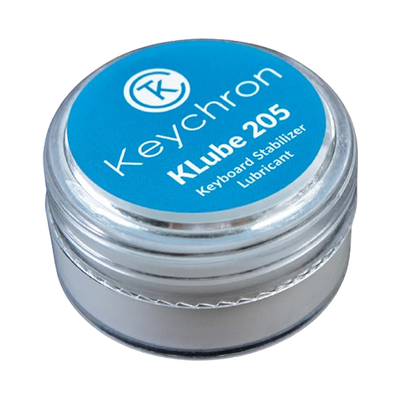Wondering if keycaps are universal? If you want to customize your keyboard with a new set of keycaps, it’s important to know which ones will actually fit.
Swapping keycaps is an easy way to update your keyboard’s look and feel, but not every keycap set fits every keyboard.
Most keycaps are designed for Cherry MX-style switches and standard layouts, like those found in most Keychron keyboards.
Still, you’ll need to check your keyboard’s size, layout, and switch type before buying. Details like keycap profile and key sizes can also affect compatibility.
Want to make sure your next keycap upgrade is frustration-free? Keep reading to learn what makes keycaps compatible and how to pick the perfect set for your keyboard.
What Does “Universal” Mean for Keycaps?
When people ask if keycaps are universal, they’re hoping for a set that fits any keyboard, no questions asked. In reality, it’s not that simple. Keycaps come in different shapes, sizes, and connection styles, so “universal” is more of a wish than a guarantee.
But once you know the basics, finding the right fit is straightforward. Here’s what to keep in mind as you shop for your next set.
Keycap Compatibility Basics: What to Know Before You Buy
Before you buy a new set of keycaps, it’s important to understand the basics of compatibility. Several factors determine whether a keycap set will fit your keyboard.
If you’re using a standard Keychron mechanical keyboard (Q, V, S, C, or K Pro series), your switches are MX-compatible, and most aftermarket keycaps will fit.
However, if you have a Keychron low-profile keyboard (K1, K3, K5, K7, K13), you will need low-profile keycaps designed for those models.
What Makes Keycaps Compatible (or Not)?
Here’s what determines whether a keycap set will fit your keyboard:
- Switch Mount: The “stem” under each keycap connects to the switch. Cherry MX-style stems, which have a simple cross-shape, are the most common, and most aftermarket keycaps are made for these.
- Layout: Full-size, TKL (tenkeyless), 75%, 65%, 60%. Each layout might have different key sizes, especially for the bottom row (Ctrl, Alt, Space, etc.).
- Key Sizes: Not all spacebars, shift keys, or enter keys are created equal. Some keyboards use non-standard key sizes that can make finding compatible keycaps tricky.
The Role of Keyboard Size, Layout, and Switch Type
Your keyboard’s size, layout, and switch type all play a major role in keycap compatibility. Knowing these details will help you avoid buying keycaps that don’t fit.
- Size matters: A 60% board doesn’t have a number pad, so you won’t need keycaps for those keys.
- Layout quirks: Some boards have uniquely sized shift or enter keys. Always check the product listing for a compatibility chart or layout diagram.
- Switches: If your keyboard uses Cherry MX or similar switches, like those in most Keychron keyboards, you’re good to go.
Are All Keycaps Compatible with All Switches?
Not all keycaps will fit every switch type. The type of switch your keyboard uses is one of the most important factors in keycap compatibility.
The Cherry MX Standard (and Why It Matters)
Most mechanical keyboards, including most Keychron models, use switches with a cross-shaped stem known as the Cherry MX mount.
This is the gold standard for compatibility. If your keycap set says “MX compatible,” you’re set.
What About Other Switch Types?
Some keyboards use their own stem shapes, so standard keycaps won’t fit. Others, like those with Alps or Topre switches, have unique stems and need special keycaps.
Most membrane or rubber dome keyboards will not work with MX-style keycaps at all.
Pro tip: If you’re using a standard Keychron mechanical keyboard, you’re using MX-compatible switches, so you have access to the widest range of keycap sets. If you’re using a Keychron low-profile model, look for low-profile keycap sets specifically made for those switches.
Keycap Mount Types: The Stem Connection Explained
The way a keycap attaches to a switch, the stem, is crucial for compatibility. Let’s break down what you need to know about keycap stems.
What Is a Keycap Stem?
The stem is the part of the keycap that attaches to the switch. Here’s what you need to know:
- MX-style (cross): Most popular and widely supported.
- Other types: Some switches use different stems and need their own keycaps.
How Stem Type Affects Universality
If your board uses MX-style switches, you have access to the widest variety of keycap sets on the market, including PBT, ABS, and artisan keycaps.
If not, or if you have a Keychron low-profile keyboard, you’ll need to look for keycaps made specifically for your stem type.
Keyboard Layouts and Sizes: Why They Matter for Keycap Fit
Keyboard layout and size can impact which keycap sets will fit your board. Different layouts may have unique key sizes or missing keys.
Common Keyboard Layouts
- Full-size (104/108 keys): Standard for offices and gaming.
- Tenkeyless (TKL, 87 keys): No number pad, more compact.
- 75%, 65%, 60%: Smaller layouts, fewer keys, more unique key sizes.
Special Keys and Non-standard Layouts
The bottom row, including space, Ctrl, Alt, and other keys, is the most likely culprit for compatibility issues. Some keyboards use non-standard bottom rows, which can make finding compatible keycaps tricky.
Keychron tip: All standard Keychron keyboards (Q, V, S, C, and K Pro series) use standard bottom row sizes, so most MX-compatible keycap sets fit perfectly.
Exception: Keychron’s low-profile keyboards (K1, K3, K5, K7, K13) have a non-standard bottom row and require low-profile keycaps. Standard keycap sets will not fit these models.
Keycap Profiles and Shapes: Will Any Keycap Feel the Same?
Keycap profile refers to the shape and height of the keycaps, which can affect both comfort and typing feel. Not all profiles are the same, so it’s worth considering your preference.
What Is a Keycap Profile?
Profiles are the shape and height of the keycaps. The most common profiles are:
- OEM: The standard for most prebuilt boards.
- Cherry: Slightly shorter than OEM, popular with enthusiasts.
- SA, DSA, XDA: Different shapes and heights, each with a unique feel.
Does Profile Affect Compatibility?
Generally, any MX-compatible keycap will fit any MX-style switch, but mixing profiles, like using Cherry profile on an OEM board, can change the typing feel.
Some gamers prefer lower profiles for faster actuation, while typists might love the sculpted feel of SA or DSA.
Low-profile Keychron keyboards require low-profile keycap profiles that are not interchangeable with regular MX-compatible profiles.
Keycap Materials: Does Material Matter for Universality?
Keycaps come in several materials, each with its own feel and durability. But does material affect compatibility? Here’s what you need to know.
Common Keycap Materials
- ABS: Smooth, affordable, can get shiny over time.
- PBT: Durable, resists shine, often has a textured feel.
- POM: Slick and durable, but less common.
Does Material Impact Fit?
No. Material impacts feel, sound, and durability, not compatibility. Just make sure the stem fits your switch.
How to Check If Keycaps Will Fit Your Keyboard
Before you buy, it’s smart to double-check compatibility. Here’s a step-by-step checklist to make sure your new keycaps will fit perfectly.
Step-by-Step Compatibility Checklist
- Identify your switch type: Is it Cherry MX or compatible? All standard Keychron keyboards use MX-compatible switches. Low-profile Keychron models use a different stem.
- Check your layout: Full-size, TKL, 75%, 65%, or 60%? Note any unusual key sizes.
- Look at the bottom row: Are all the keys the same size? Standard is 1.25u for Ctrl/Alt/Win and 6.25u for spacebar. Low-profile models may differ.
- Review the product listing: Does the keycap set mention your layout or show a compatibility chart?
- Ask the community: If in doubt, check out online forums or the website’s own support resources for advice.
Tips for Buying Keycaps That Fit Your Keyboard
Shopping for keycaps doesn’t have to be a headache. Keep these quick tips in mind to make sure you get a set that fits and feels great.
- If you own a Keychron low-profile keyboard, buy keycaps specifically labeled for low-profile Keychron models.
- Read the specs. Always check for “MX-compatible” in the description.
- Check for extra keys. Some sets include extra keycaps for different layouts, which is great if you have a 65% or 75% board.
- Stick to standard layouts. If you want maximum compatibility, avoid boards with non-standard bottom rows or unusual key sizes.
- Double-check before you buy. It’s better to spend an extra minute checking than to end up with a set that doesn’t fit.
Conclusion
So, are keycaps universal? Not exactly. With a little research, you can easily find a set that fits your keyboard.
For most tech enthusiasts, especially if you use a standard Keychron mechanical keyboard, you’ll have access to a massive range of custom keycaps to match your style, whether you’re gaming, working, or just want to flex your setup.
If you use a Keychron low-profile keyboard, you’ll need to look for keycaps made specifically for those models.
So next time you’re ready to upgrade, remember to check your specs, know your layout, and you’ll be swapping keycaps with confidence.
Frequently Asked Questions About Keycap Universality
Do all keycaps fit on all keyboards?
No, not all keycaps fit every keyboard. Most custom keycaps are designed for Cherry MX-style switches and standard layouts. If your keyboard uses a different switch type or a non-standard layout, you’ll need to find keycaps made specifically for it.
How do I know which keycaps will fit?
Check your keyboard’s switch type and layout. If it uses MX-compatible switches and a standard layout, most aftermarket keycap sets will fit. For other switch types or unique layouts, look for keycap sets that specifically mention compatibility. Always review the keycap set’s compatibility information and look for charts or diagrams.
Can I mix OEM and Cherry keycaps?
Yes, you can mix OEM and Cherry profile keycaps on the same keyboard, since both fit MX stems. Just note that the Cherry profile is a bit shorter, so the feel and look will be different. Some users enjoy mixing profiles for a custom feel, while others prefer a uniform profile. This does not apply to low-profile keyboards.
Are keycaps and switches universal?
Keycaps are only universal within the same switch type. MX-compatible keycaps fit MX-style switches. Switches themselves are not universal, as different keyboards use different switch mounts. Always check your keyboard’s specifications before purchasing keycaps.


